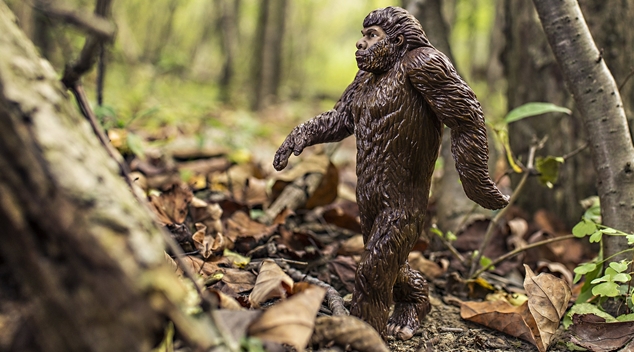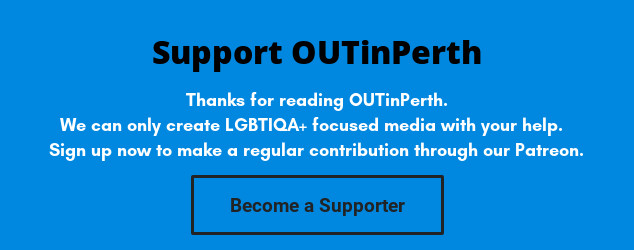
Hardly a month goes by without a study simply scandalising some people with the salacious suggestion that self-identifying straights might not be quite as Heterosexual as they like to make out.
Most of us are unsurprised, the Kinsey scale is so old there’s Egyptian hieroglyphics mentioning it.
Even while Biphobia and Bierasure still persist, the majority of people outside the straight community readily accept that sexuality is rarely cut and dry, that attraction and sexuality are fluid.
In his 2017 study, author Ritch C Savin-Williams coins the term “primarily heterosexual” to add more grey areas to the ranks of Heterosexual men, joining “exclusively heterosexual” and “mostly heterosexual.”
Savin-Williams says “mostly heterosexuals reveal a distinctive profile” and are “more same-sex oriented than heterosexuals but less so than substantial bisexuals.” Who knew “substantial bisexual” was a thing? Are the rest insubstantial, like ghosts? That gives new meaning to Bi Visibility.
But with “mostly” and “primarily heterosexual” chipping away at old ideas of being straight, it’s time we called Heterosexuality what it is: a myth. Or, if we are being generous, a sexual preference, rather than an orientation.
Without the need for “mostly” or “primarily” we have perfectly good terms to describe having sexual attraction to multiple genders. We can say Bisexual, for instance, or Pansexual.
It’s been a long time since anyone seriously thought being Bisexual means only attracted to two genders, or that attraction is constant and equal.
A 2018 study of Heterosexual college students analysed responses from 24,000 undergrads, finding 12% of men and 25% of women hooking up with same-sex partners described themselves as Heterosexual.
That’s a lot of people who need to go and have a long, hard think for themselves about what it means to be Heterosexual, as opposed to Bi+.
Among this subset the authors note that 60% “could be classified as mostly private sexual experimentation among those with little prior same-sex experience, including some who did not enjoy the encounter.”
Straight people hooking up with a same-sex partner, but not enjoying it, translates to “drunk college students don’t make good or considerate lovers.”
If we are going to say not enjoying something means it didn’t happen, or doesn’t count, a lot of human experience is going to need to be re-evaluated, including marriages, sporting events, or trips to Belgium.
How many self-described straight people don’t enjoy some of their Heterosexual encounters?
Judging by studies that find women who have sex with women are more likely to report experiencing an orgasm, compared to women who have sex with men, the Heterosexual is looking more and more like a Tasmanian tiger.
Having same-sex encounters, while calling yourself straight, highlights how absurd some labels can be.
Jay Chesters






